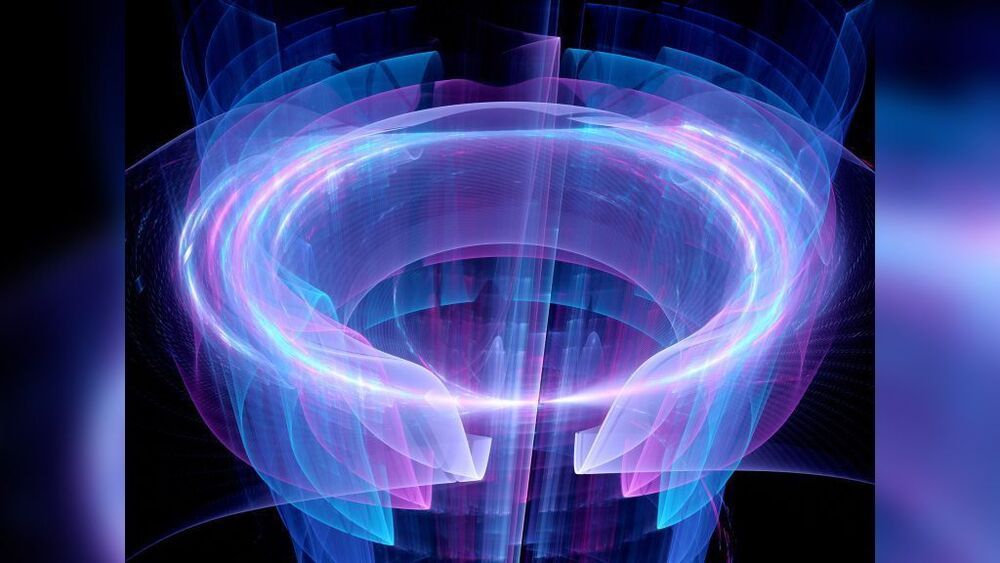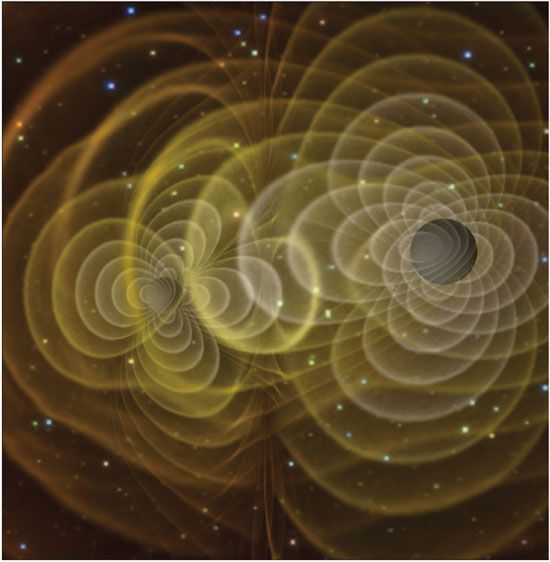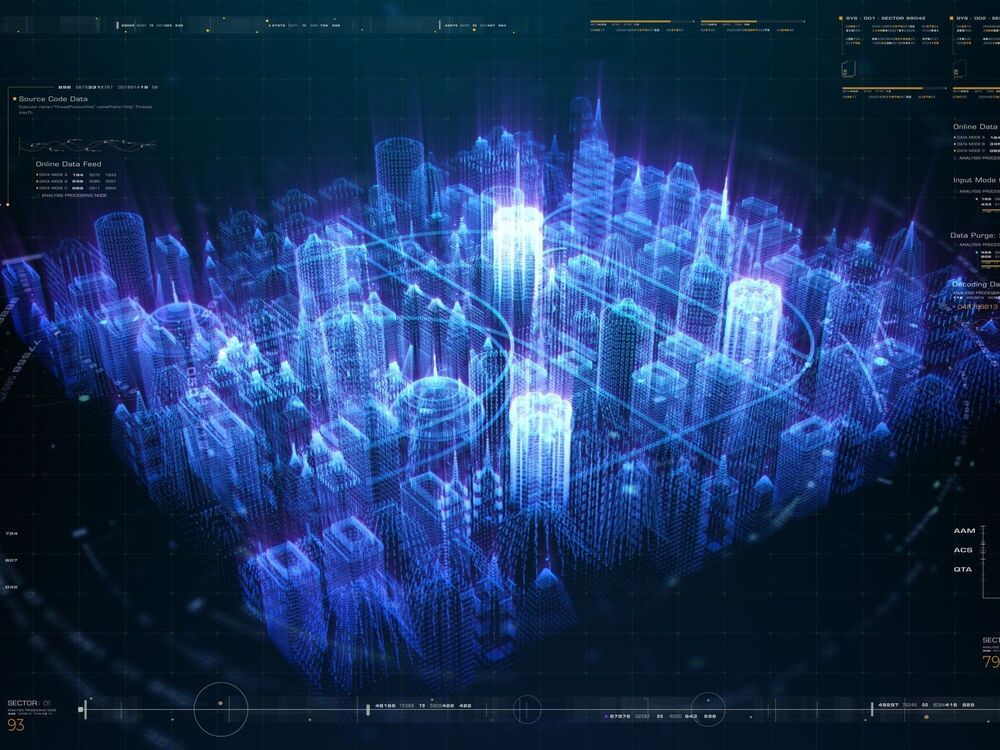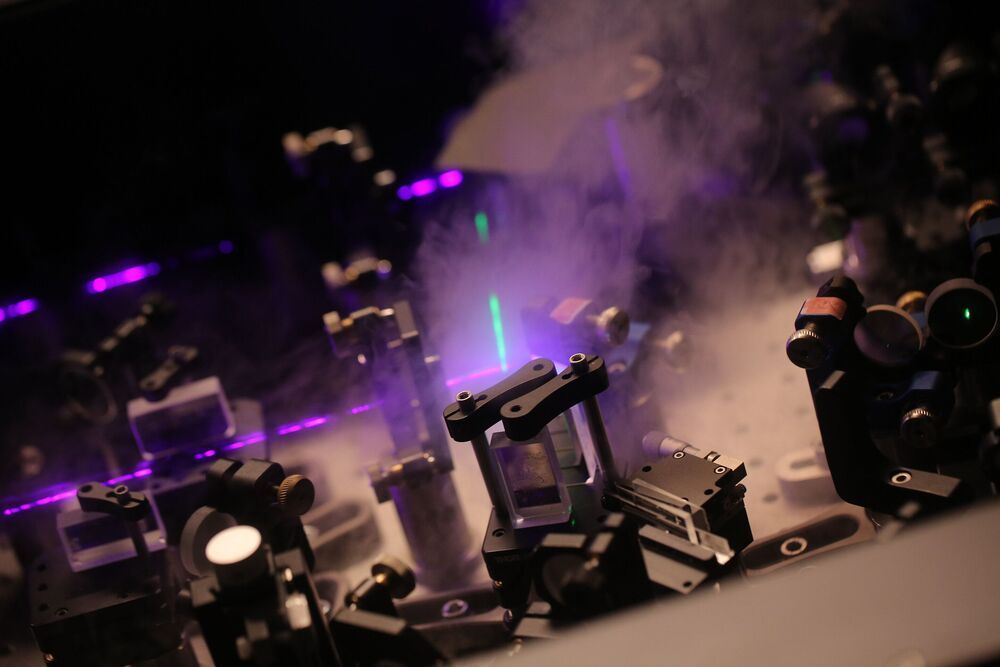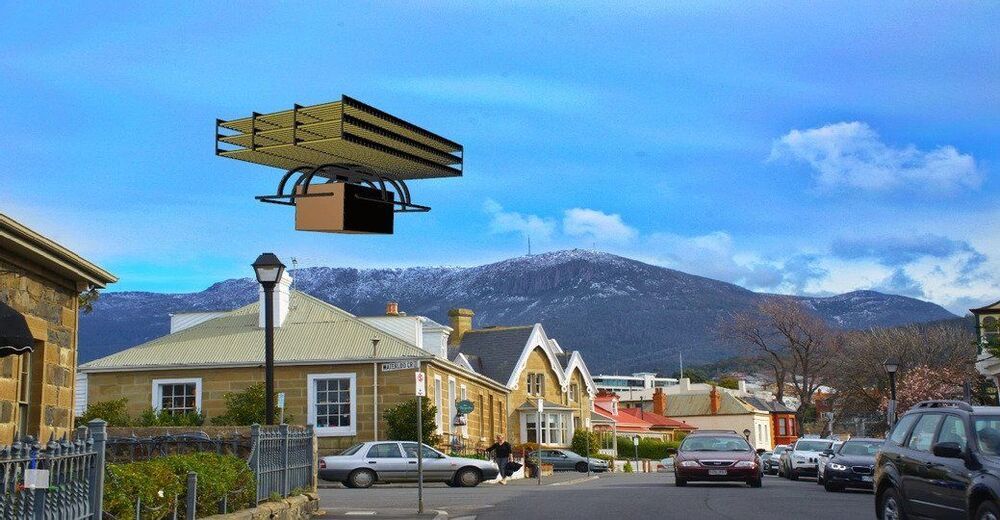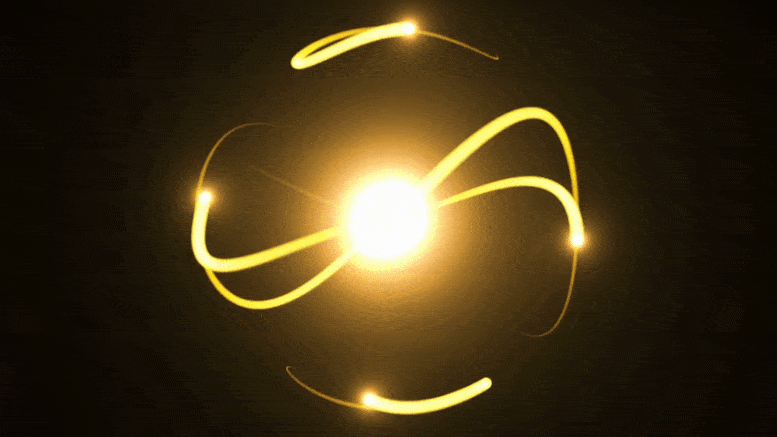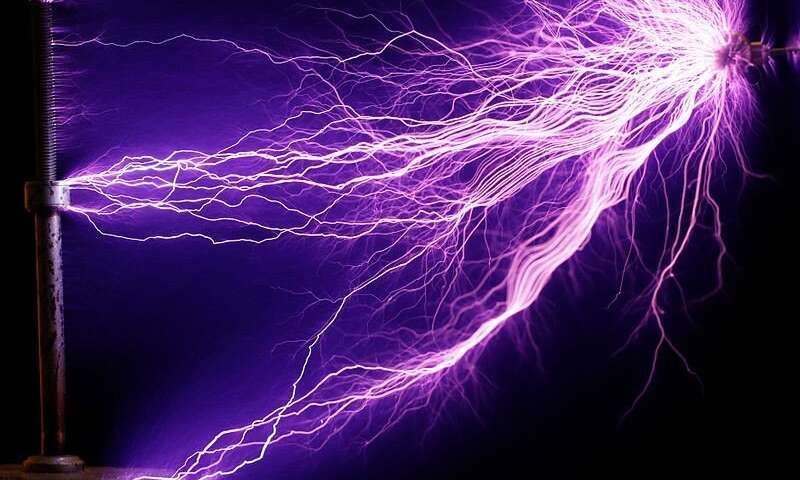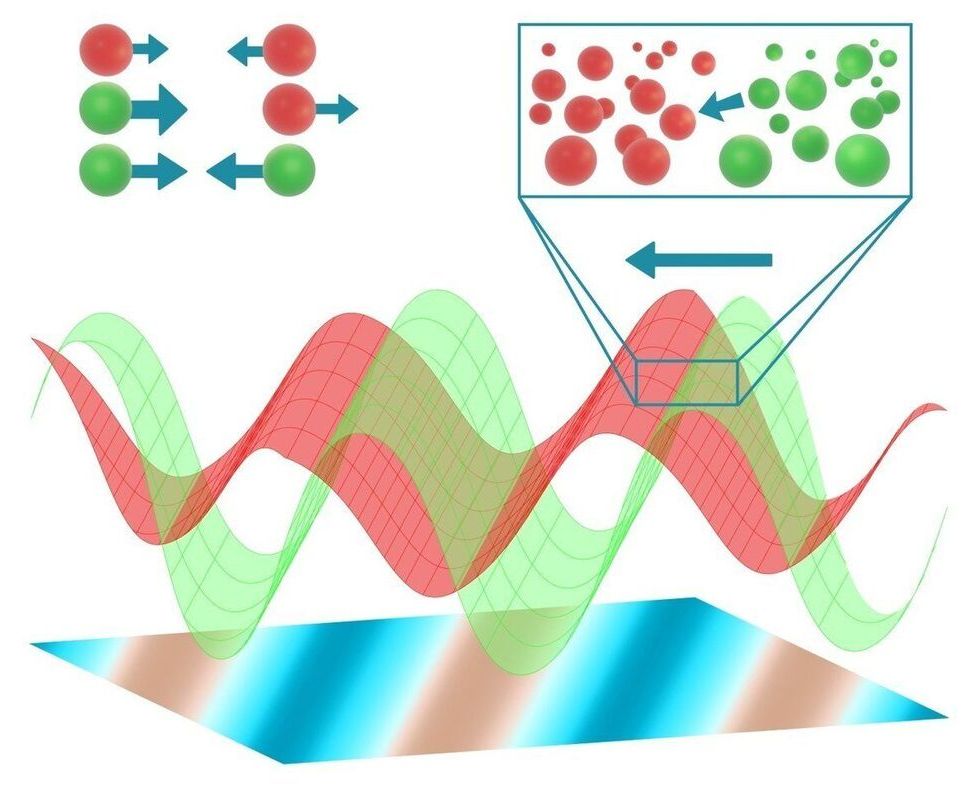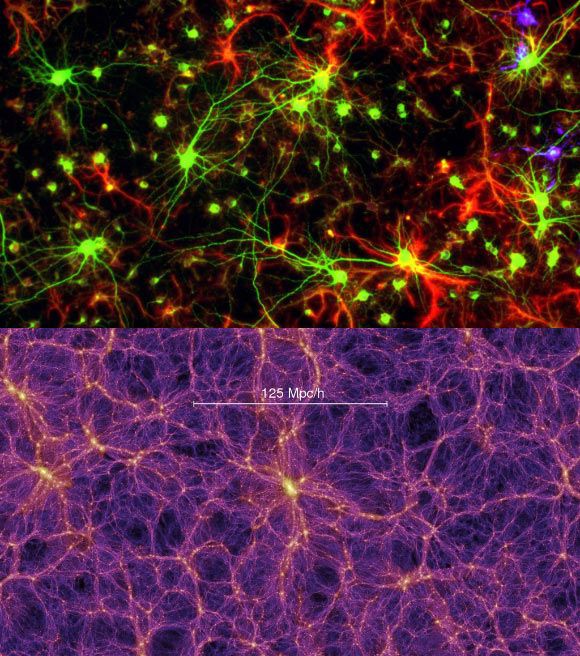Archive for the ‘physics’ category: Page 201
O,.o this reveals the hertz of the spacetime continuum: 3.
In the biggest events in the universe, massive black holes collide with a chirp and a ring. Physicists are finding ways to listen in.
Nov 23, 2020
Can a Computer Devise a Theory of Everything?
Posted by Genevieve Klien in categories: computing, physics
It might be possible, physicists say, but not anytime soon. And there’s no guarantee that we humans will understand the result.
Nov 23, 2020
World’s biggest computer chip can simulate the future ‘faster than the laws of physics’, creators claim
Posted by Carse Peel in categories: computing, physics
Trillion-transistor chip can run real-world simulations with over a million variables faster than real-time.
Nov 23, 2020
Scientists observe directed energy transport between neighboring molecules in a nanomaterial
Posted by Quinn Sena in categories: chemistry, nanotechnology, physics, solar power, sustainability
When light falls on a material, such as a green leaf or the retina, certain molecules transport energy and charge. This ultimately leads to the separation of charges and the generation of electricity. Molecular funnels, so-called conical intersections, ensure that this transport is highly efficient and directed.
An international team of physicists has now observed that such conical intersections also ensure a directed energy transport between neighboring molecules of a nanomaterial. Theoretical simulations have confirmed the experimental results. Until now, scientists had observed this phenomenon only within one molecule. In the long term, the results could help to develop more efficient nanomaterials for organic solar cells, for example. The study, led by Antonietta De Sio, University of Oldenburg, and Thomas Frauenheim, University of Bremen, Germany, was published in the current issue of the scientific journal Nature Nanotechnology.
Photochemical processes play a major role in nature and in technology: When molecules absorb light, their electrons transit to an excited state. This transition triggers extremely fast molecular switching processes. In the human eye, for example, the molecule rhodopsin rotates in a certain way after absorbing light and thus ultimately triggers an electrical signal—the most elementary step in the visual process.
Nov 23, 2020
Will the physics add up for near-silent, ion-propelled cargo drones?
Posted by Genevieve Klien in categories: drones, physics
Florida’s Undefined Technologies claims it has managed to increase the thrust levels of ion propulsion systems to “unprecedented levels” with its “Air Tantrum” technology, enabling near-silent drones with no moving parts, that look like flying pallets.
All aircraft propulsion systems provide thrust by moving air or another propellant, and for the vast majority of drones that means some kind of fan or propeller spinning angled blades to push air through and create thrust in the opposite direction. Ionic propulsion, on the other hand, is entirely electromagnetic.
The process uses a high-voltage electric field to ionize the nitrogen and oxygen molecules in the air, liberating electrons to create, primarily, a lot of positively-charged nitrogen molecules. These are drawn toward a negatively-charged electrode, usually in the form of a flat screen grid, and as they accelerate, they bang into other air molecules and bump them in the same direction to create an ionic wind.
Nov 22, 2020
Cracking the Secrets of an Emerging Branch of Physics: Exotic Properties to Power Real-World Applications
Posted by Genevieve Klien in categories: bioengineering, nuclear energy, physics
In a new realm of materials, PhD student Thanh Nguyen uses neutrons to hunt for exotic properties that could power real-world applications.
Thanh Nguyen is in the habit of breaking down barriers. Take languages, for instance: Nguyen, a third-year doctoral candidate in nuclear science and engineering (NSE), wanted “to connect with other people and cultures” for his work and social life, he says, so he learned Vietnamese, French, German, and Russian, and is now taking an MIT course in Mandarin. But this drive to push past obstacles really comes to the fore in his research, where Nguyen is trying to crack the secrets of a new and burgeoning branch of physics.
“My dissertation focuses on neutron scattering on topological semimetals, which were only experimentally discovered in 2015,” he says. “They have very special properties, but because they are so novel, there’s a lot that’s unknown, and neutrons offer a unique perspective to probe their properties at a new level of clarity.”
Nov 20, 2020
Physicists built an ‘anti-laser’ to charge your phone from across a room
Posted by Genevieve Klien in categories: mobile phones, physics
A device demonstrated in a groundbreaking new experiment acts like a laser, only backwards. And someday it might send power invisibly through the air.
Nov 20, 2020
New model that describes the organization of organisms could lead to a better understanding of biological processes
Posted by Saúl Morales Rodriguéz in categories: biological, physics, robotics/AI
At first glance, a pack of wolves has little to do with a vinaigrette. However, a team led by Ramin Golestanian, Director at the Max Planck Institute for Dynamics and Self-Organization, has developed a model that establishes a link between the movement of predators and prey and the segregation of vinegar and oil. They expanded a theoretical framework that until now was only valid for inanimate matter. In addition to predators and prey, other living systems such as enzymes or self-organizing cells can now be described.
Order is not always apparent at first glance. If you ran with a pack of wolves hunting deer, the movements would appear disordered. However, if the hunt is observed from a bird’s eye view and over a longer period of time, patterns become apparent in the movement of the animals. In physics, such behavior is considered orderly. But how does this order emerge? The Department of Living Matter Physics of Ramin Golestanian is dedicated to this question and investigates the physical rules that govern motion in living or active systems. Golestanian’s aim is to reveal universal characteristics of active, living matter. This includes not only larger organisms such as predators and prey but also bacteria, enzymes and motor proteins as well as artificial systems such as micro-robots. When we describe a group of such active systems over great distances and long periods of time, the specific details of the systems lose importance.
Nov 19, 2020
Human Brain’s Neuronal Network Has Similarities to Cosmic Web, Study Claims
Posted by Genevieve Klien in categories: physics, space
In a paper published this week in the journal Frontiers of Physics, a duo of researchers from Italy investigated the similarities between the network of neurons in the human brain and the cosmic network of galaxies.
